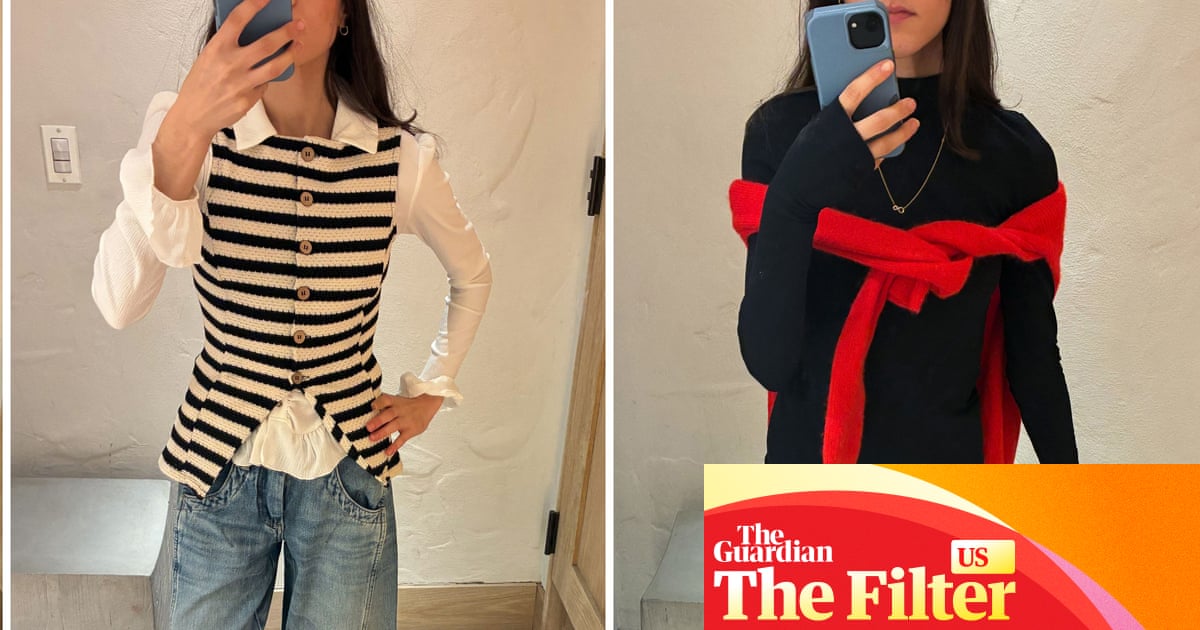Doctors have developed special eye drops for people with longsightedness that could replace the need for reading glasses or surgery.
Hundreds of millions of people worldwide have presbyopia, which is when the eyes find it difficult to focus on objects and text up close. Glasses or surgery can usually resolve the problem but many find wearing spectacles inconvenient and having an operation is not an option for everyone.
Now experts say the solution could be as simple as using eye drops twice a day.
A study presented on Sunday at the European Society of Cataract and Refractive Surgeons (ESCRS) in Copenhagen showed most people could read extra lines on eye test charts after using the drops. The improvement was sustained for two years.
The treatment could provide a safe and effective alternative for patients who “seek freedom from the inconvenience” of wearing glasses or who are unable or unwilling to access surgery, experts said.
The drops contain pilocarpine, a drug that constricts the pupils and contracts the muscle that controls the shape of the eye’s lens to enable focus on objects at different distances; and diclofenac, a non-steroidal anti-inflammatory drug (NSAID) that reduces inflammation.
The study involved 766 people in Argentina who used the drops twice a day, upon waking and about six hours later.
They were divided into three groups, receiving different formulations. Each of the drops had a fixed dose of diclofenac, but the concentration of pilocarpine varied between 1%, 2% and 3%.
In the 148 given the 1% drops, almost all were able to read two or more extra lines on the chart. In the 2% group, 69% of 248 patients were able to read three or more extra lines, and in the 3% group, 84% of 370 patients could read three or more extra lines.
Dr Giovanna Benozzi, the director of the Centre for Advanced Research for Presbyopia in Buenos Aires, said: “Our most significant result showed rapid and sustained improvements in near vision for all three concentrations.
“One hour after having the first drops, patients had an average improvement of 3.45 Jaeger lines [the measurement used for testing near visual acuity]. The treatment also improved focus at all distances.
“Impressively, 99% of 148 patients in the 1% pilocarpine group reached optimal near vision and were able to read two or more extra lines.”
The findings suggest the therapy “offers a safe, effective, and well-tolerated alternative to traditional presbyopia management”, said Benozzi.
Common side effects were temporary dim vision, irritation when the drops were administered, and headaches. Experts welcomed the findings and called for more research.
Prof Burkhard Dick, the president-elect of ESCRS, said: “Broader, long-term, multi-centre studies are needed to confirm safety and effectiveness before this treatment can be widely recommended.”

 3 months ago
72
3 months ago
72

















































